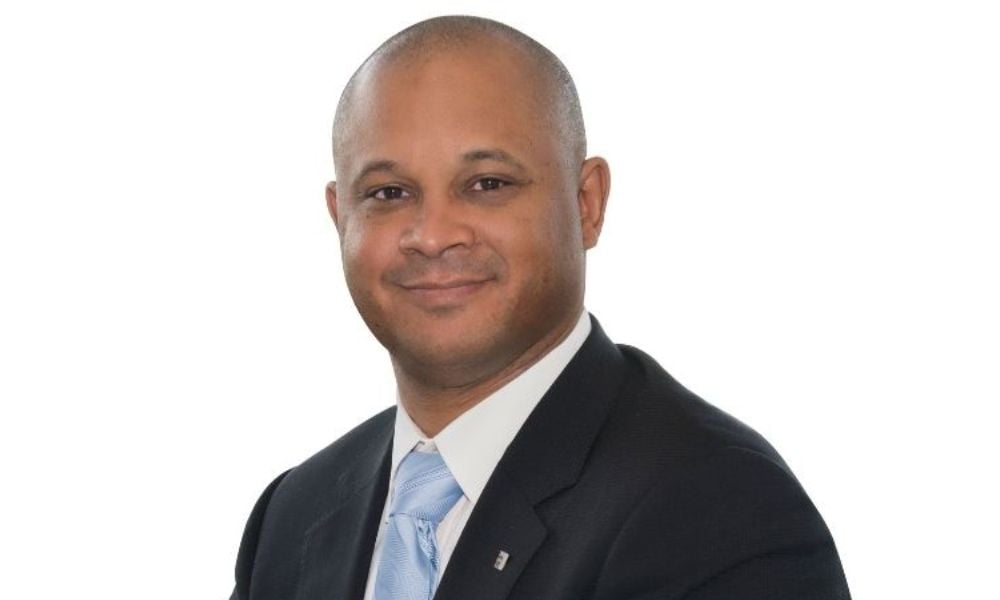Prof. Lisa Kramer explains her research into behavioural finance, while CEO Colin White explains why his firm is supporting her

Behavioural finance has become a common-enough term in the wealth management industry. Advisors and firm leaders will often mention what this science — which integrates elements of psychology and economics — tells us about why human behaviour leads us to irrational choices. The trouble with accepted wisdom, though, is that it can sometimes stagnate. An industry might accept the initial revelation and move on, without taking note of how that field is evolving, advancing, and finding new insights. One wealth management firm has just taken a step in renewing that conversation.
Last month, Verecan Group of Companies announced that it has funded a research chair for Dr. Lisa Kramer, professor of finance at the University of Toronto. Her appointment as the Verecan Chair in Behavioural Finance will come with financial support for her independent research into capital markets, behavioural finance, and investor behaviour. For Colin White, CEO of Verecan, the funding of an academic chair is driven by a desire to advance conversations about this topic in the industry.
“We're trying to provide support for a conversation that we think is more important for the Canadian public. We don't feel that enough attention is paid to important topics like her work, which is more around how people make decisions with their finances,” White says. “I think we spend way too much time trying to predict what central bankers might do, or where interest rates may go things that are — honestly — not very useful. We're hoping that by shining a light in her direction we can have some better conversations and put information out there that might make the world a better place.”
Kramer explained that with this new backing for her research she will continue to work on questions of how individual investors make decisions, how financial market professionals make decisions, and how human nature aggregates up into the way financial markets behave. She cites the common example of overconfidence bias. It’s been well demonstrated that humans tend to believe themselves to be above average at most things. When asked to rate their driving ability, for example, most people will claim to be above average.
Kramer says that this overconfidence can be seen in investor behaviour, even among investment professionals. Investors’ belief in their ability to time the market often results in underperformance. Even if their instincts and decisions are right, that overconfidence tends to result in more frequent trading, which tends to erode any brief advantage. The trouble is, even people aware of these human faults still tend to make them.
“In the early days, we hoped that maybe education would be the antidote to behavioural biases. And I think that reality hasn't lived up to that expectation,” Kramer says. “Learning more is a good starting point but it doesn't necessarily eliminate the propensity to exhibit these kinds of behaviours. I think that's where the contribution of Cass Sunstein and Richard Thaler comes in. They developed this notion of choice architecture and nudges and the possibility for us to design decision environments in a way that steers people to better outcomes.”
Even as researchers and scientists have worked on finding new frameworks to control for human bias in decision making, Kramer notes that actually implementing these frameworks in the practice of wealth management can be incredibly difficult. There is no quick panacea, she explains, for managing these potential pitfalls. That’s, in part, because so many of these human biases are built into the structure of this industry.
Kramer cites the example of fee structures in the industry. Advisors might be well aware of their biases, but if the fee structure at their firm favours directing clients towards a specific set of products, they will tend to still prefer those products, which can lead to different outcomes.
There are more pervasive and intransigent aspects of human nature that influence this industry, too. Kramer explains that our emotions tend to manifest in market performance, roughly in line with the passage of the seasons. According to research conducted across different markets and geographical latitudes, it’s been found that investors become more risk averse during winter months when daylight is more limited. Investors will respond to news more negatively in the darker months than they will when it’s sunny outside.
The phenomenon, Kramer notes, roughly tracks with the theory of seasonal investing — which shows that markets tend to perform better between October and May. Kramer explains that during those darker months, investors need a higher risk premium to hold risk assets, resulting in that aggregate trend.
Kramer highlights the example not to convince advisors and investors to behave like robots. Rather she notes it as a reason to understand and account for our humanity. It’s an opportunity for advisors to show their value by engaging with their own and their clients’ humanity to understand why they’re inclined towards any particular decision.
“Having an advisor can be really helpful in navigating our human nature without trying to stop people from being human,” Kramer says. “We're not trying to stop experiencing those emotions. We're not trying to become robots. We're just recognizing that we're human. We have emotions. We do things impulsively. We can then ask ourselves if that is really how we want to be making our decisions.”



